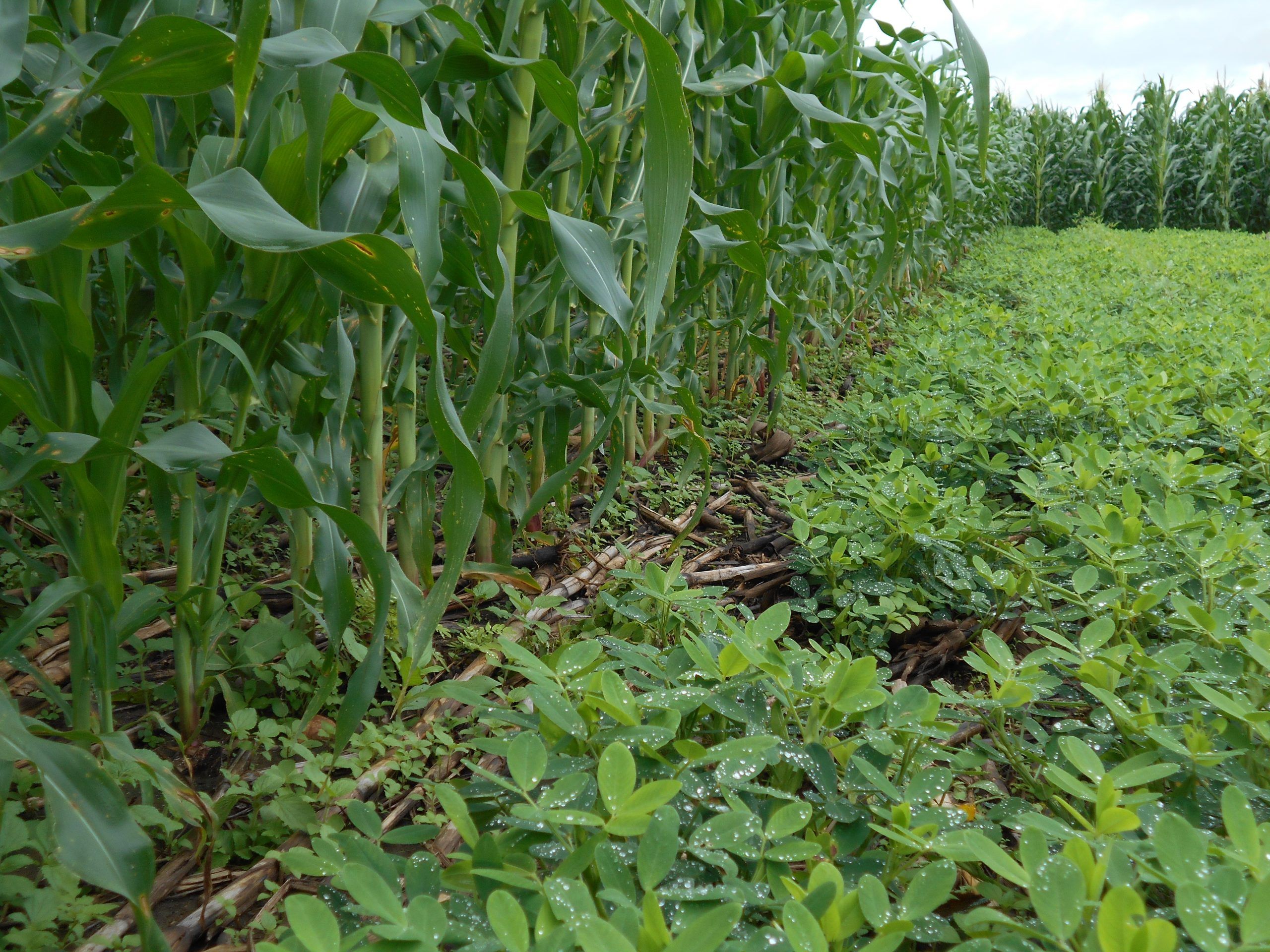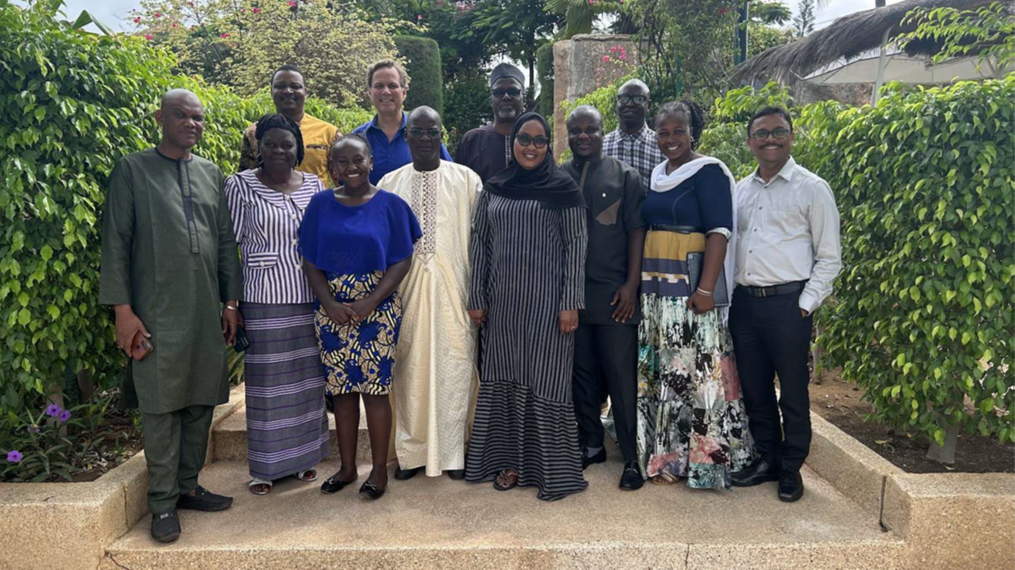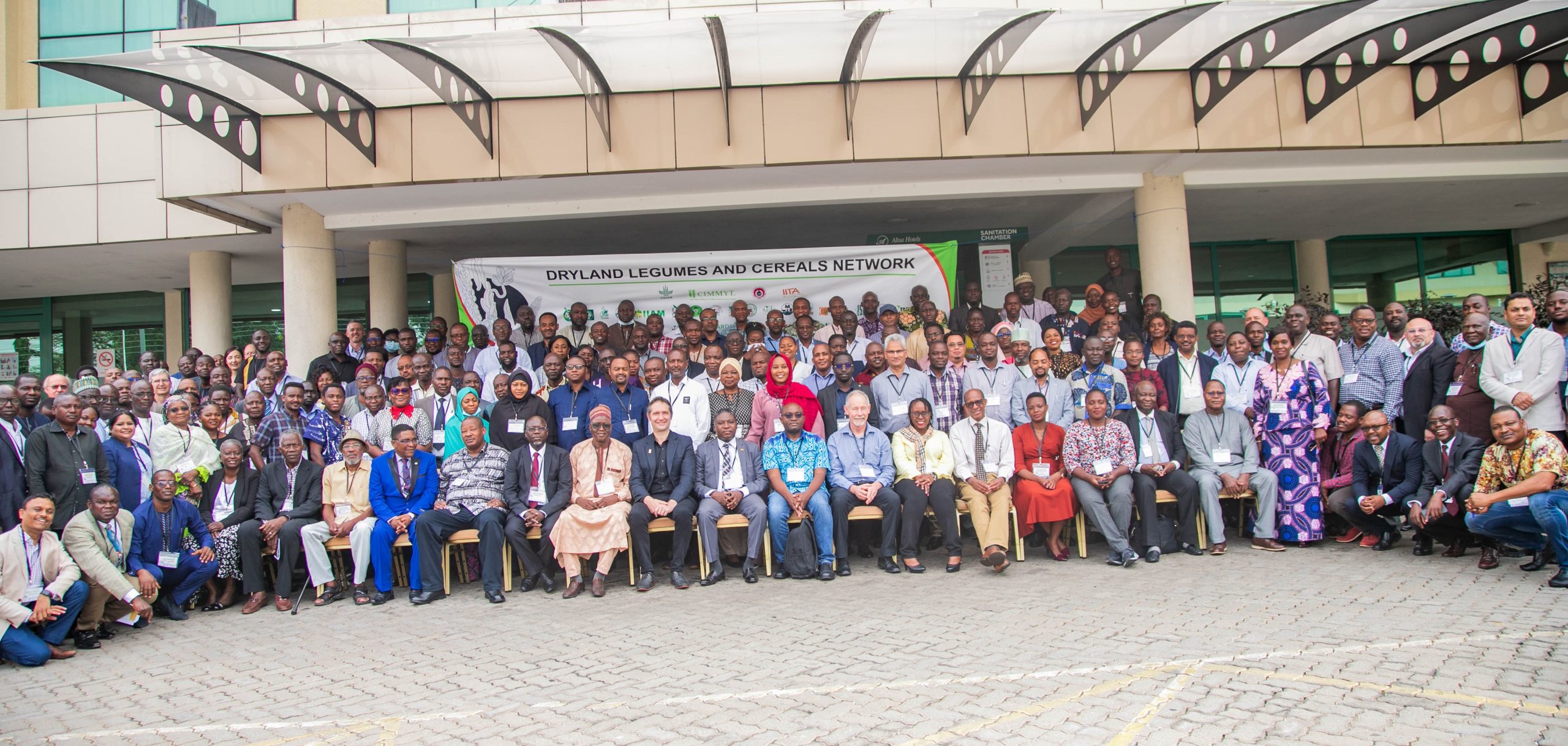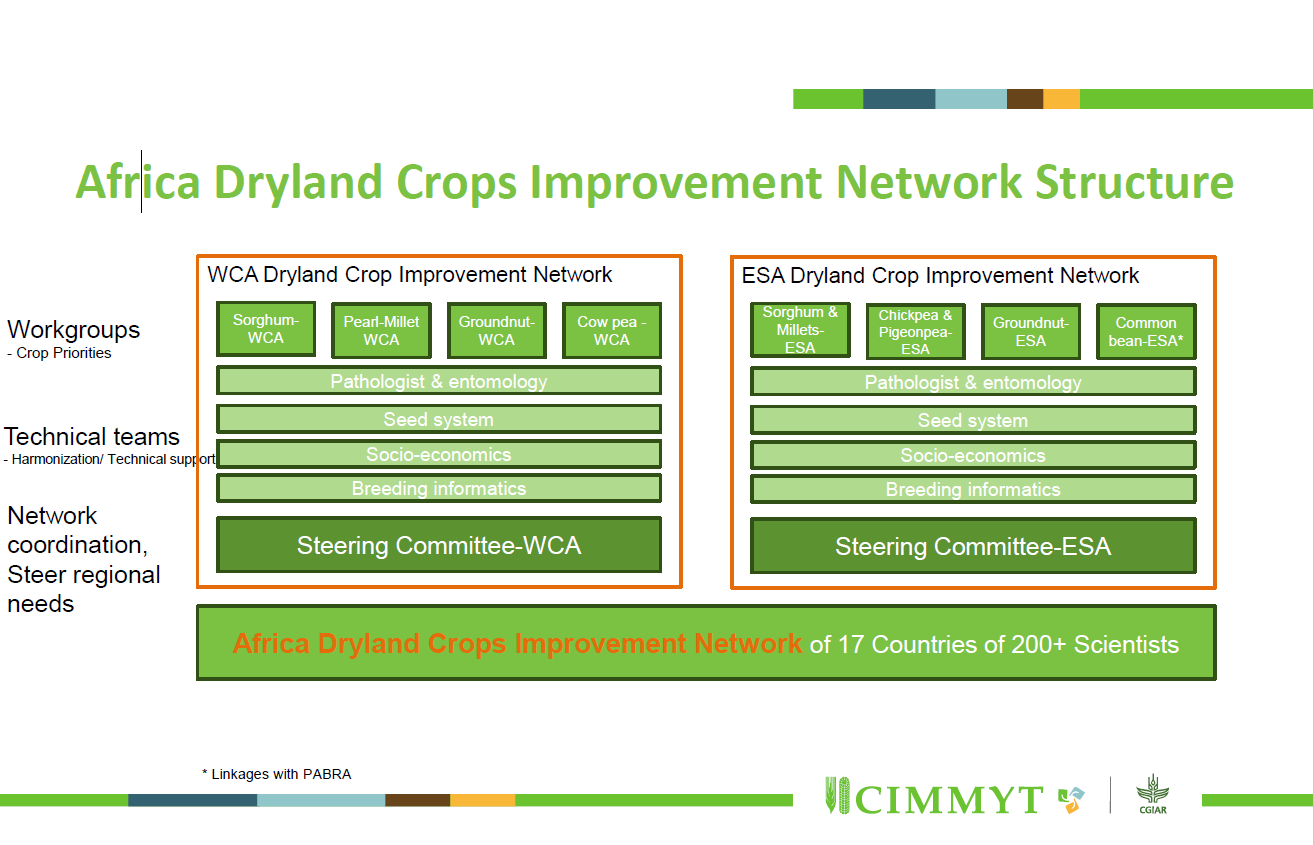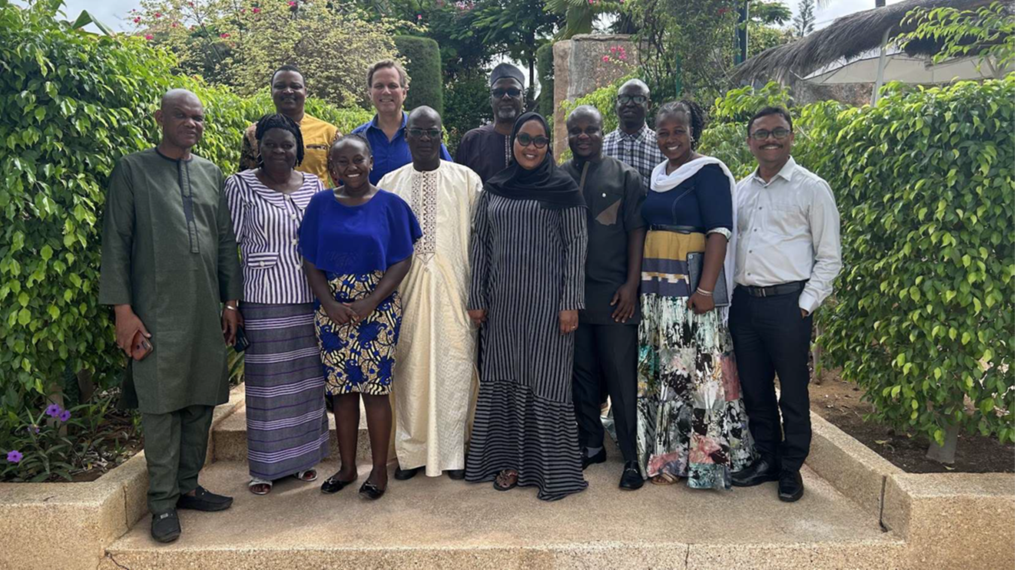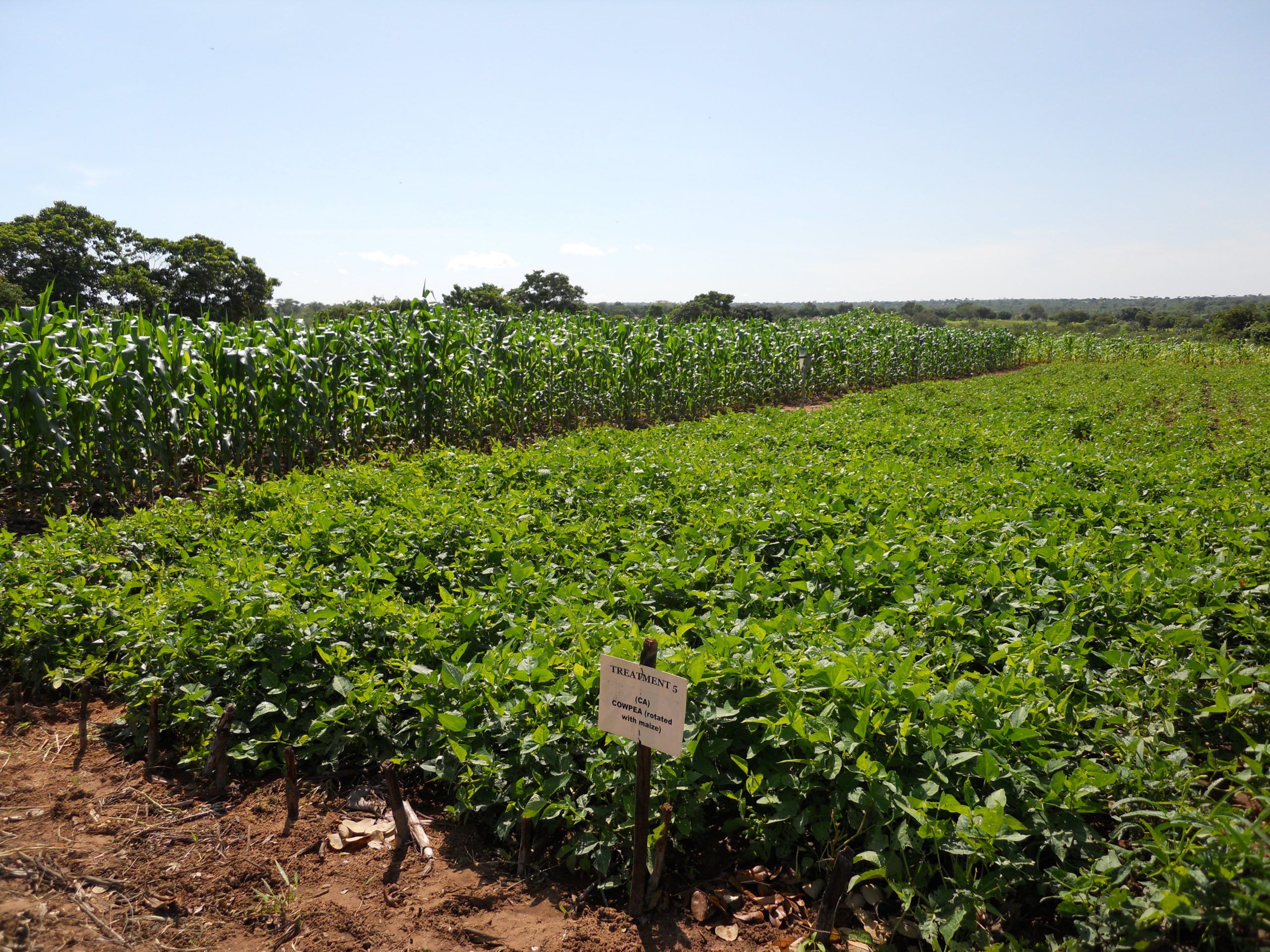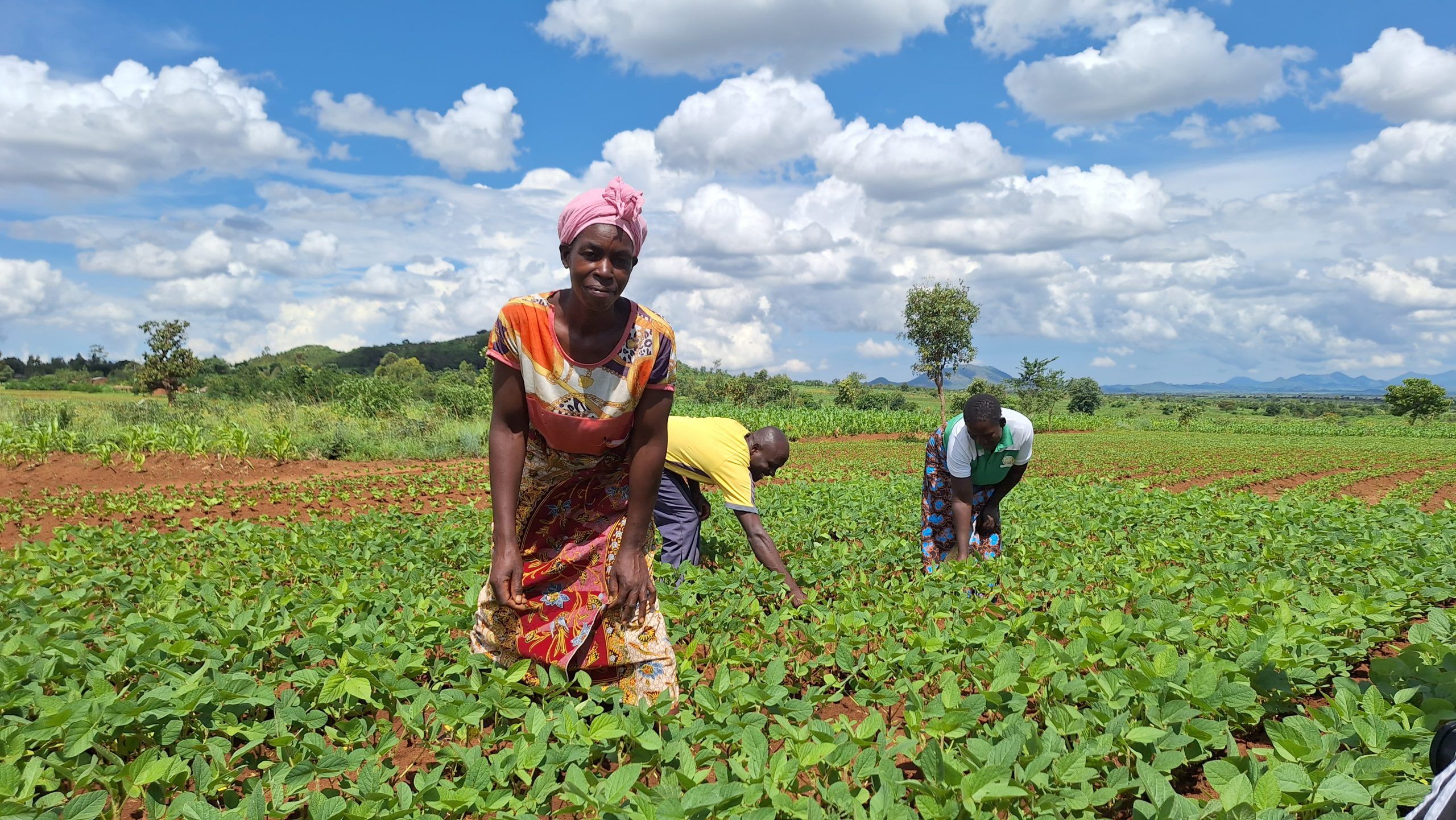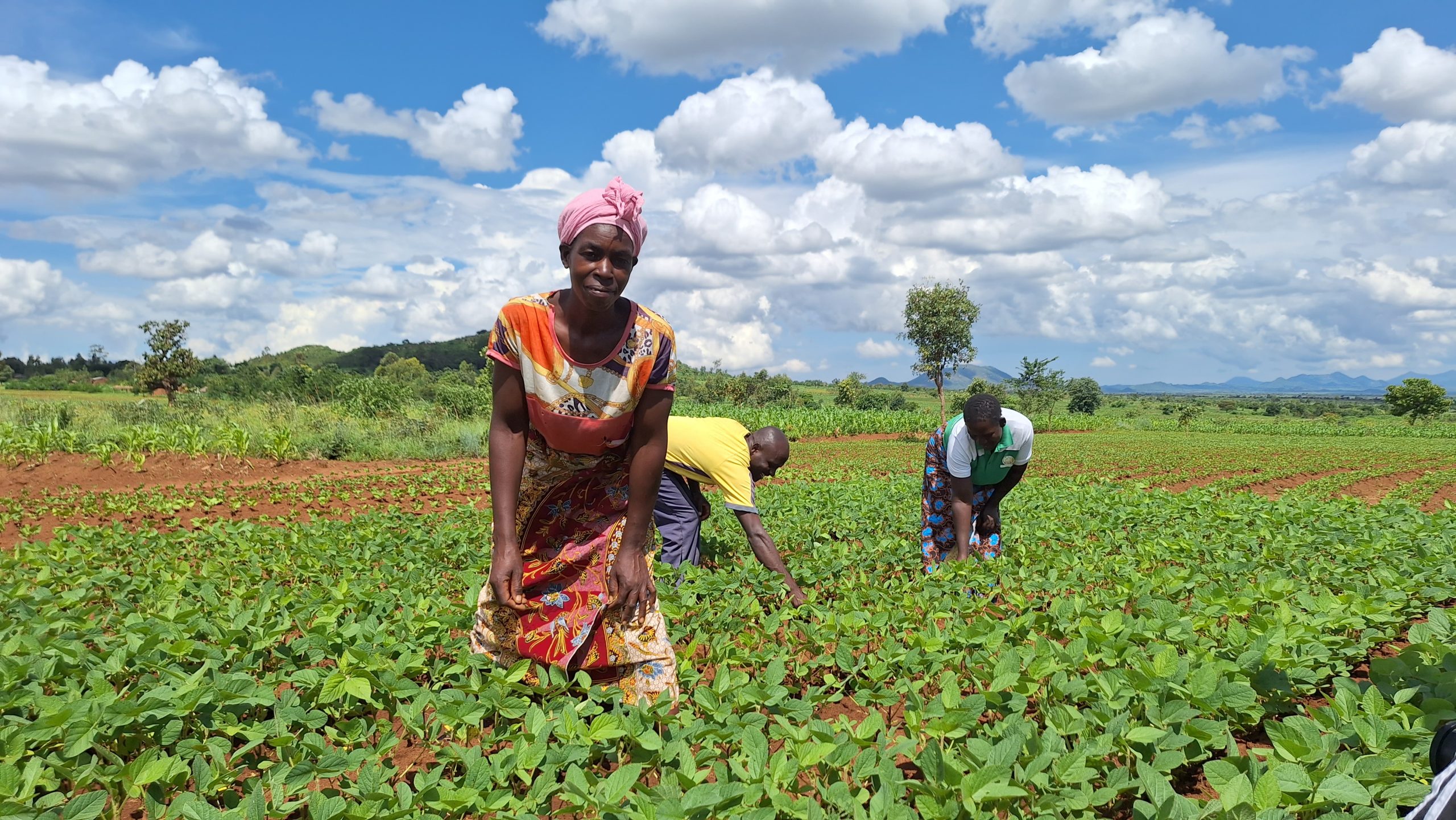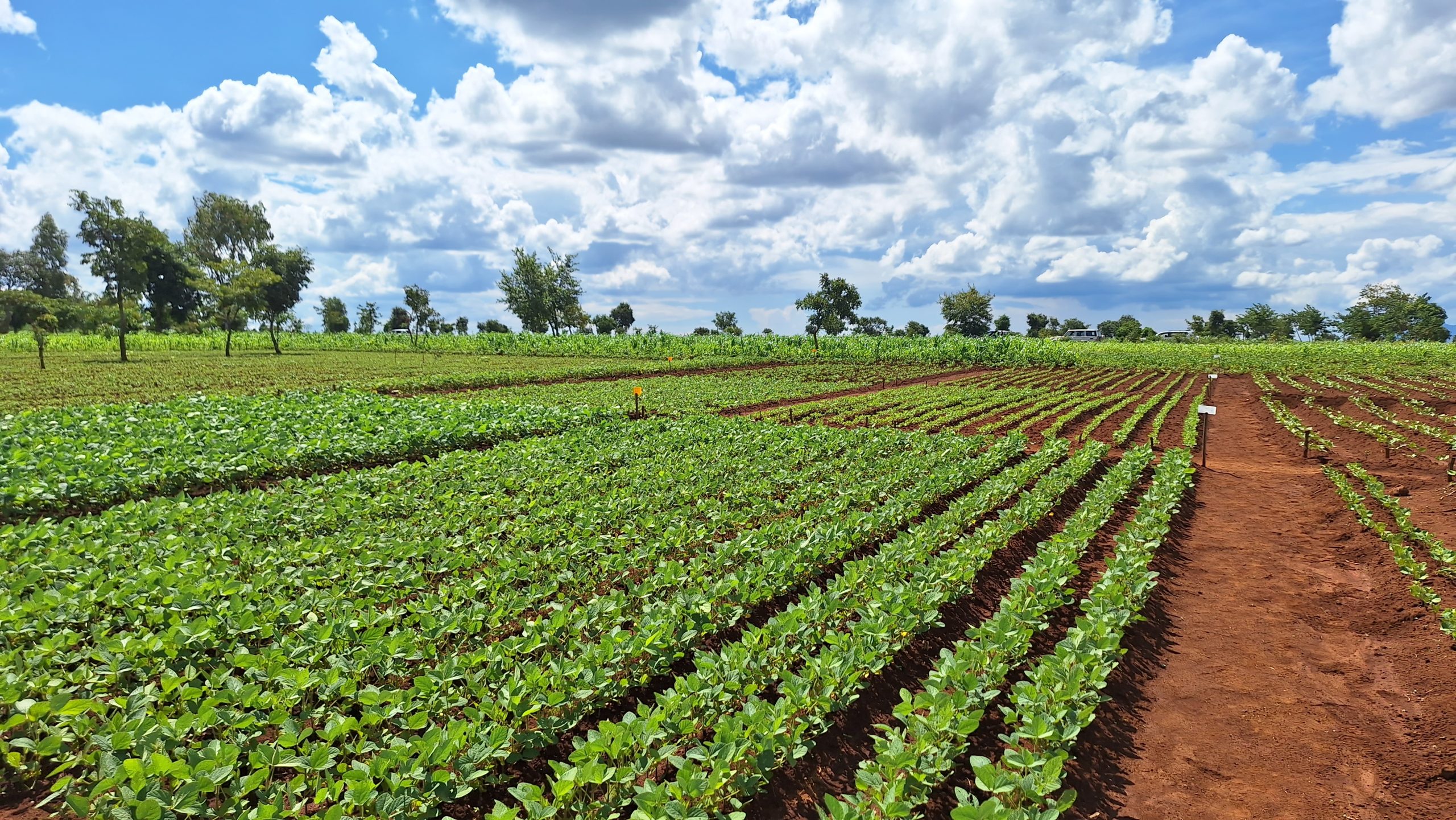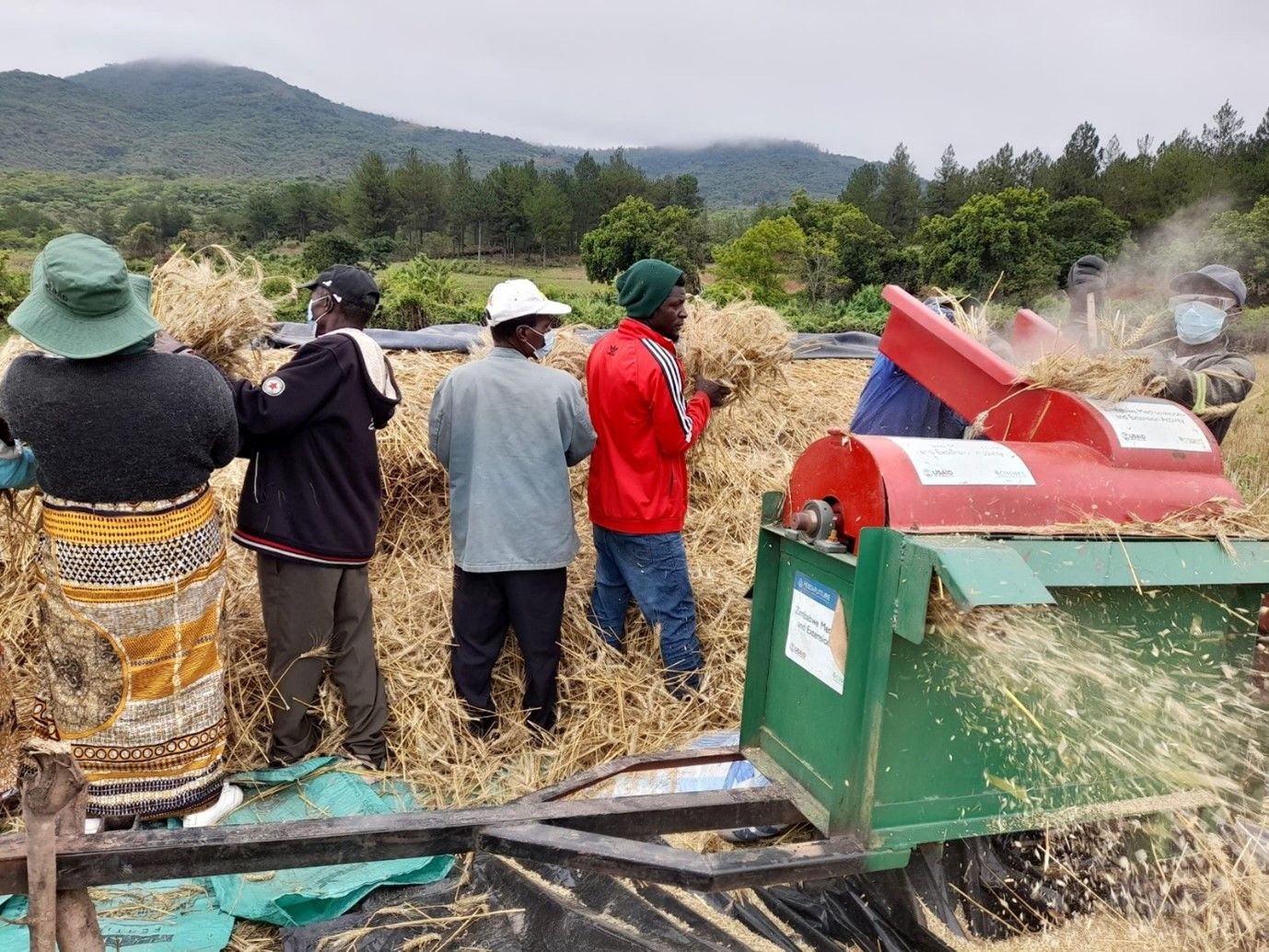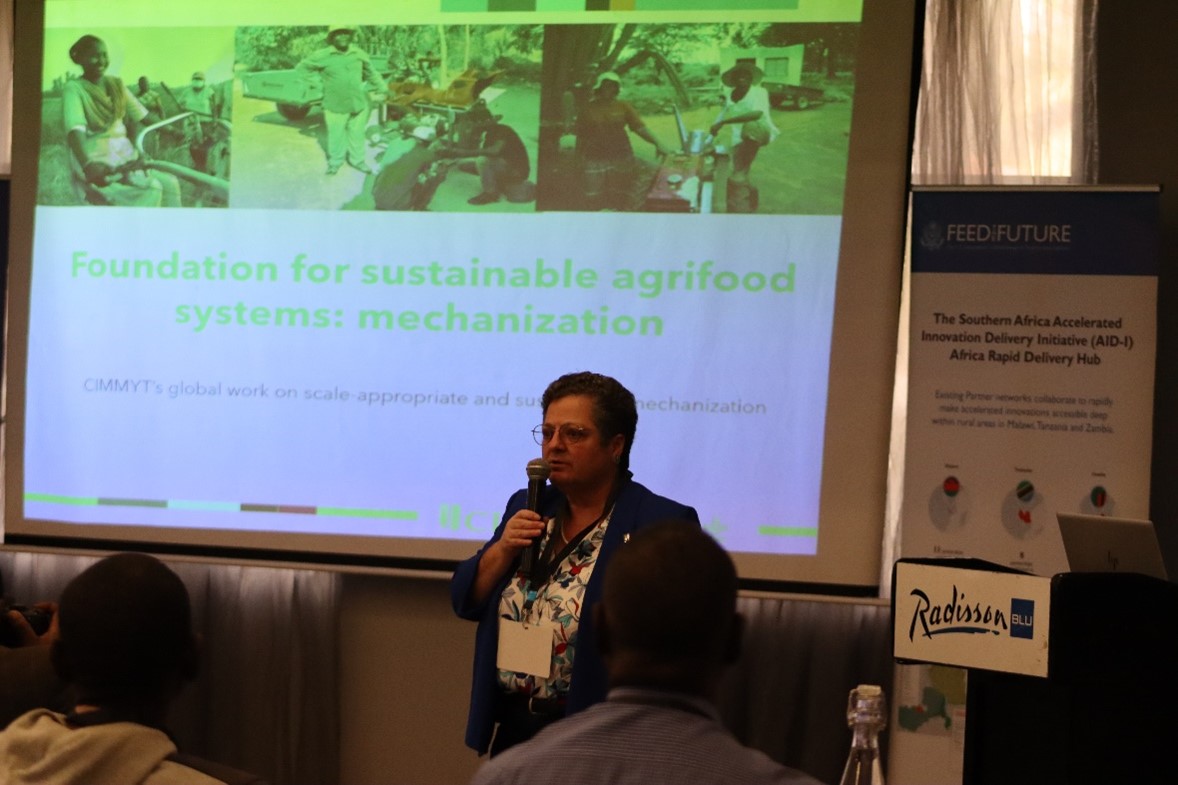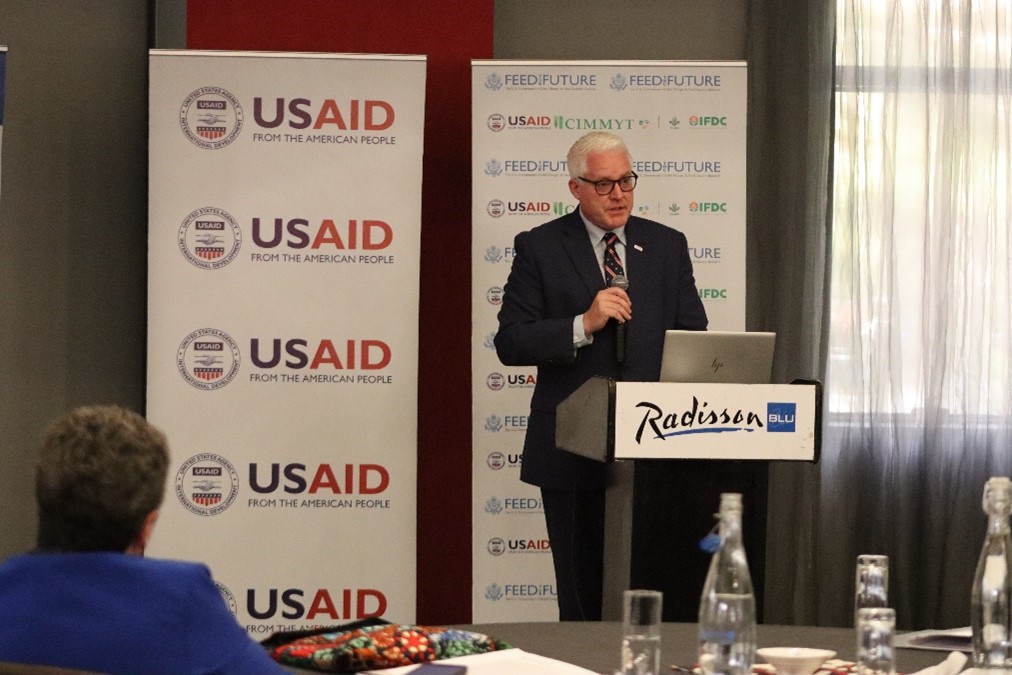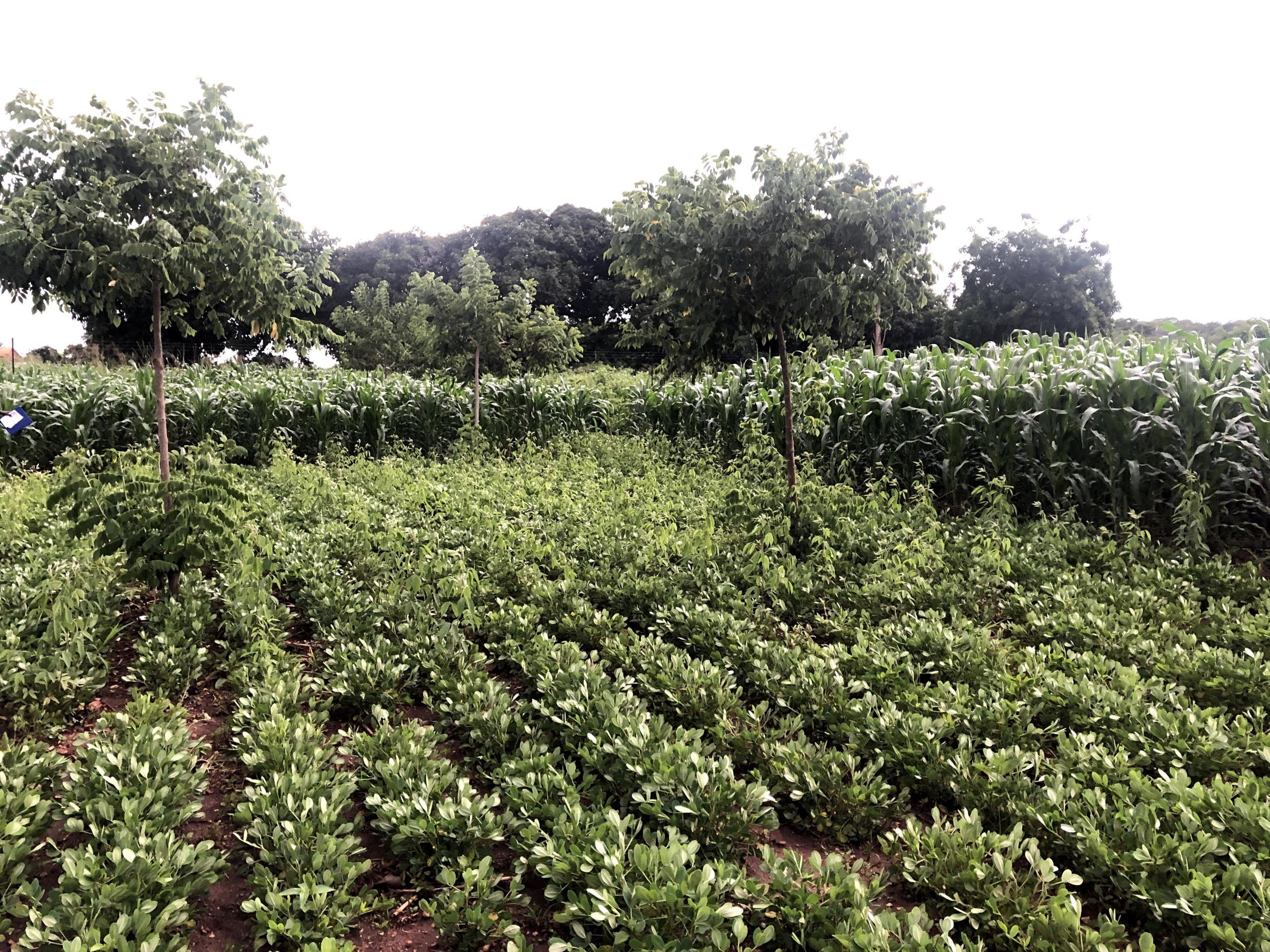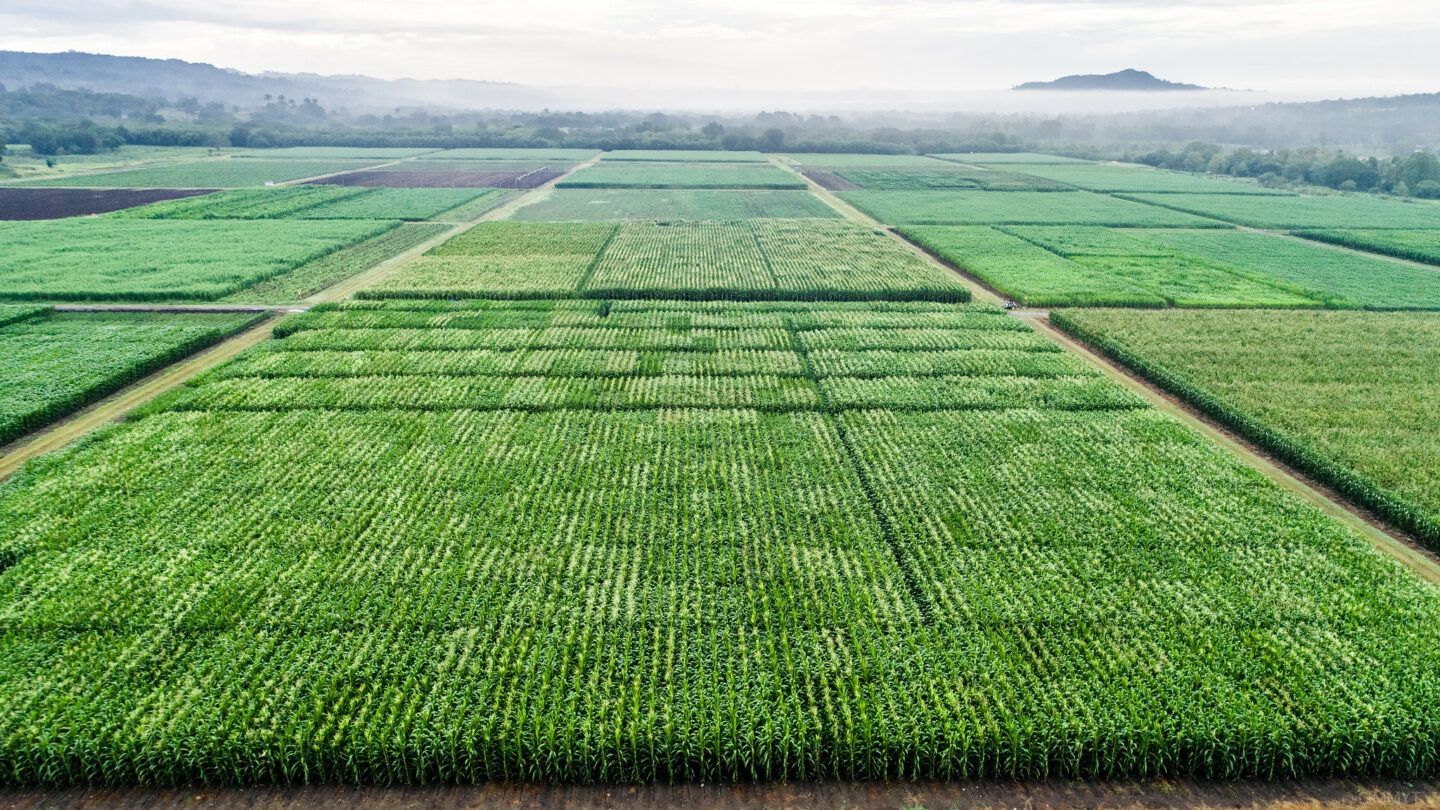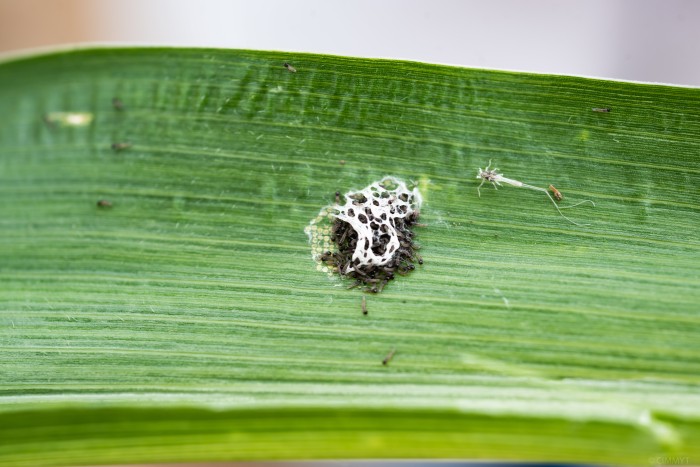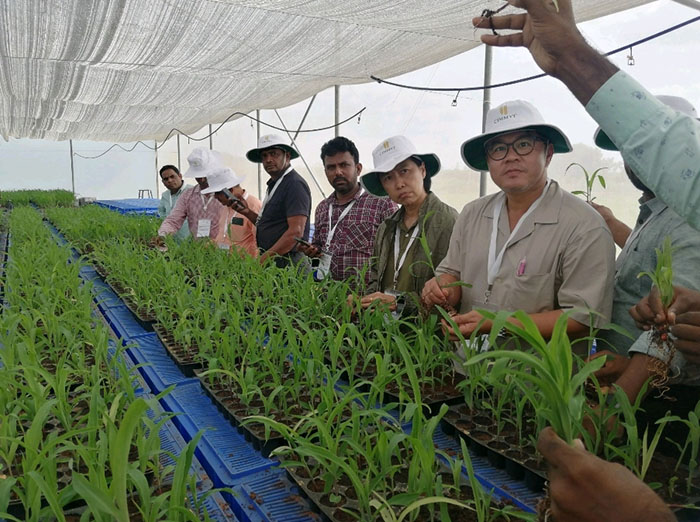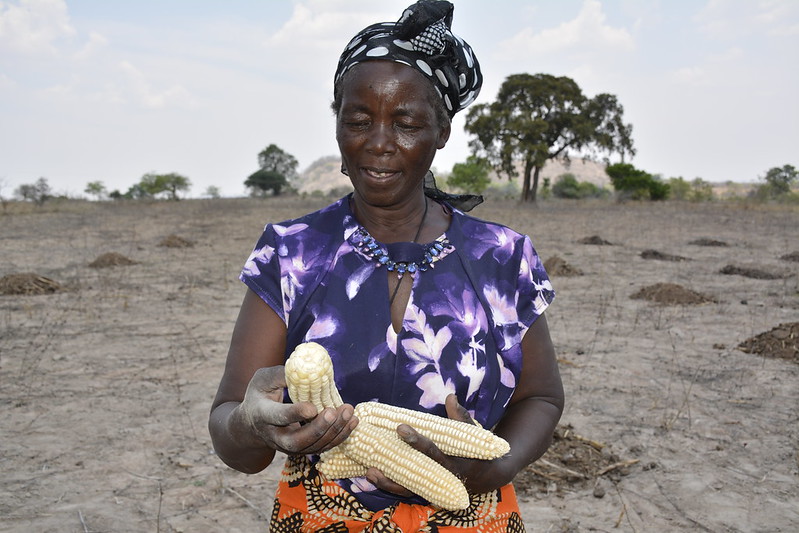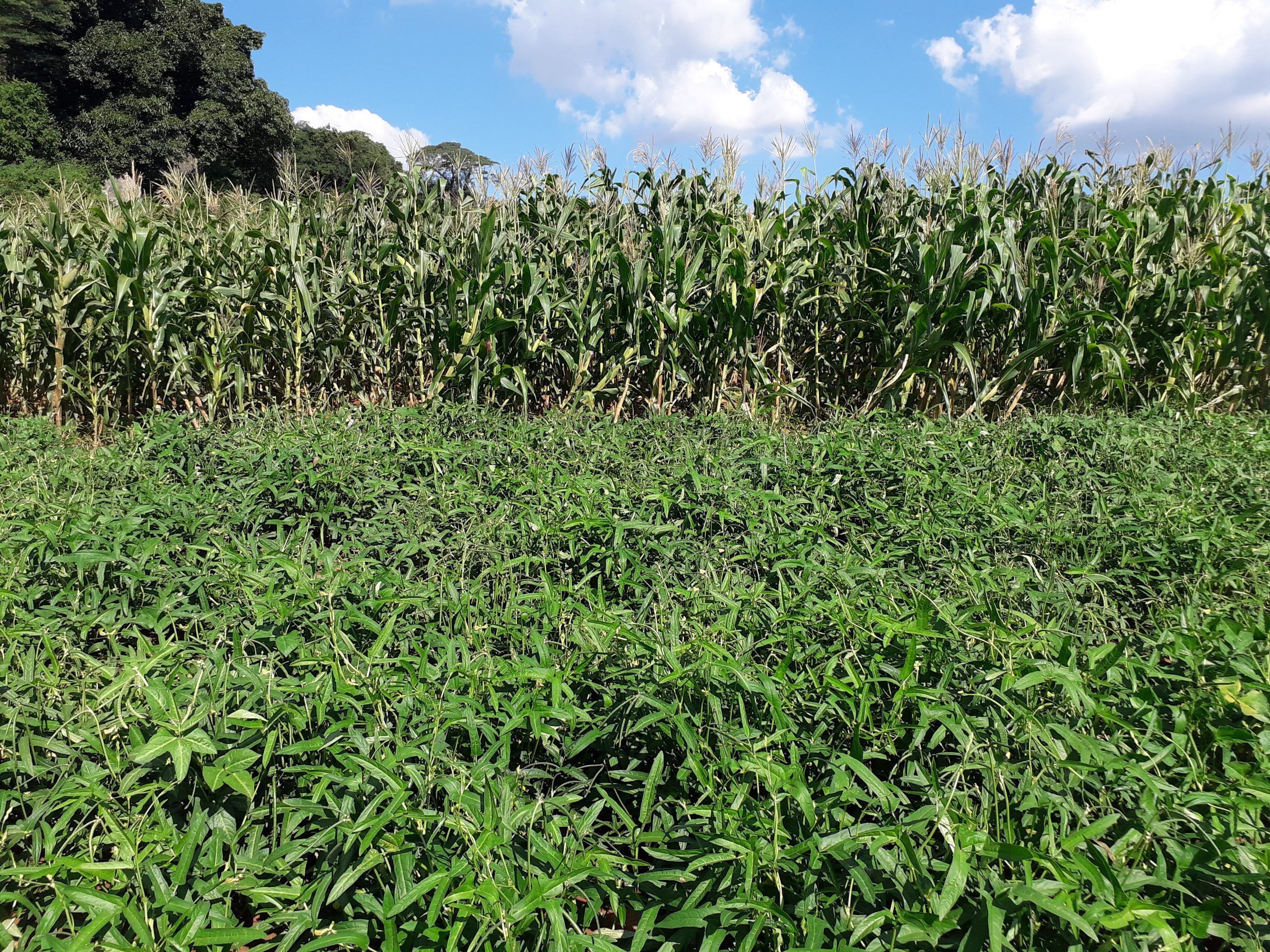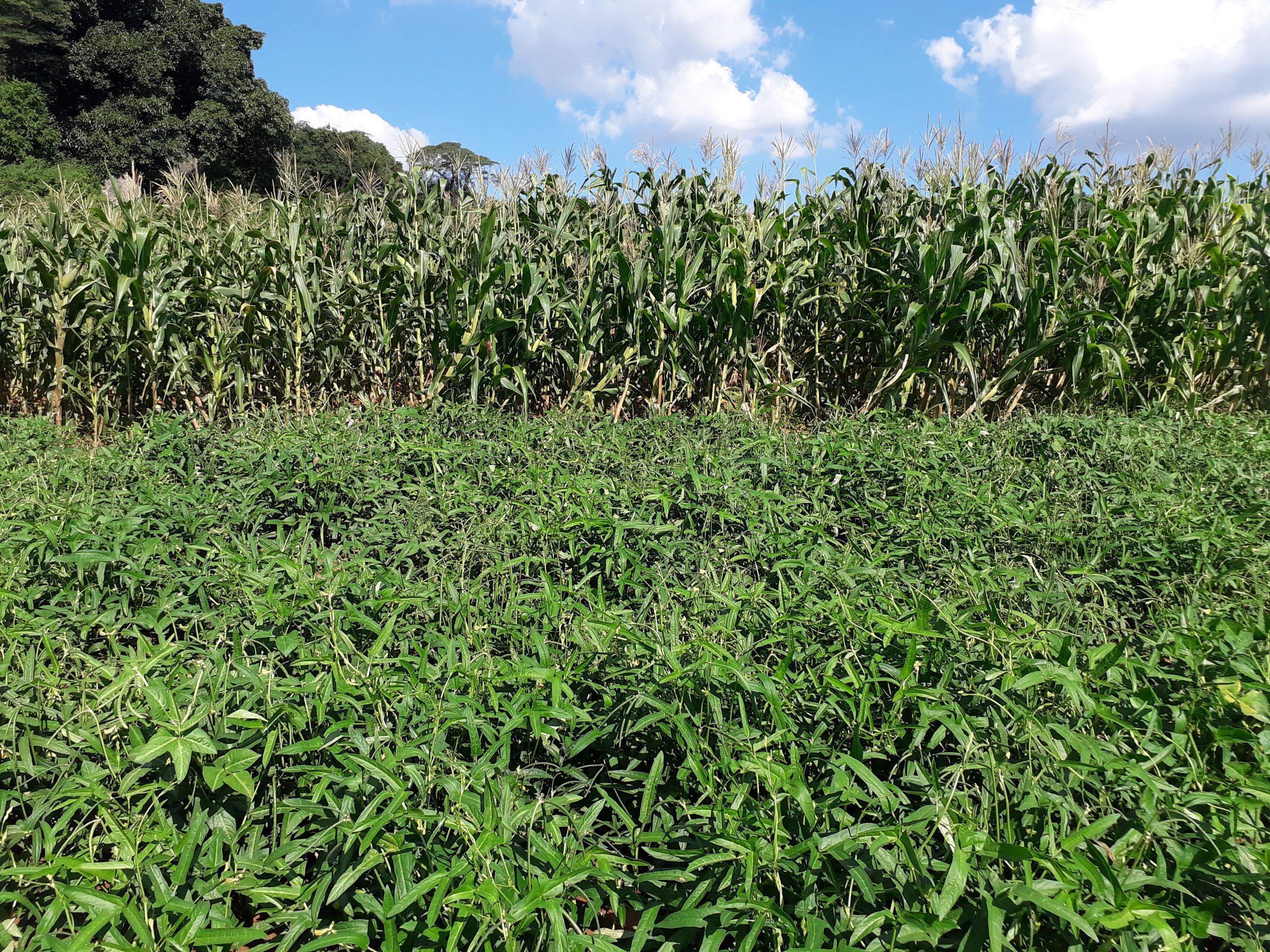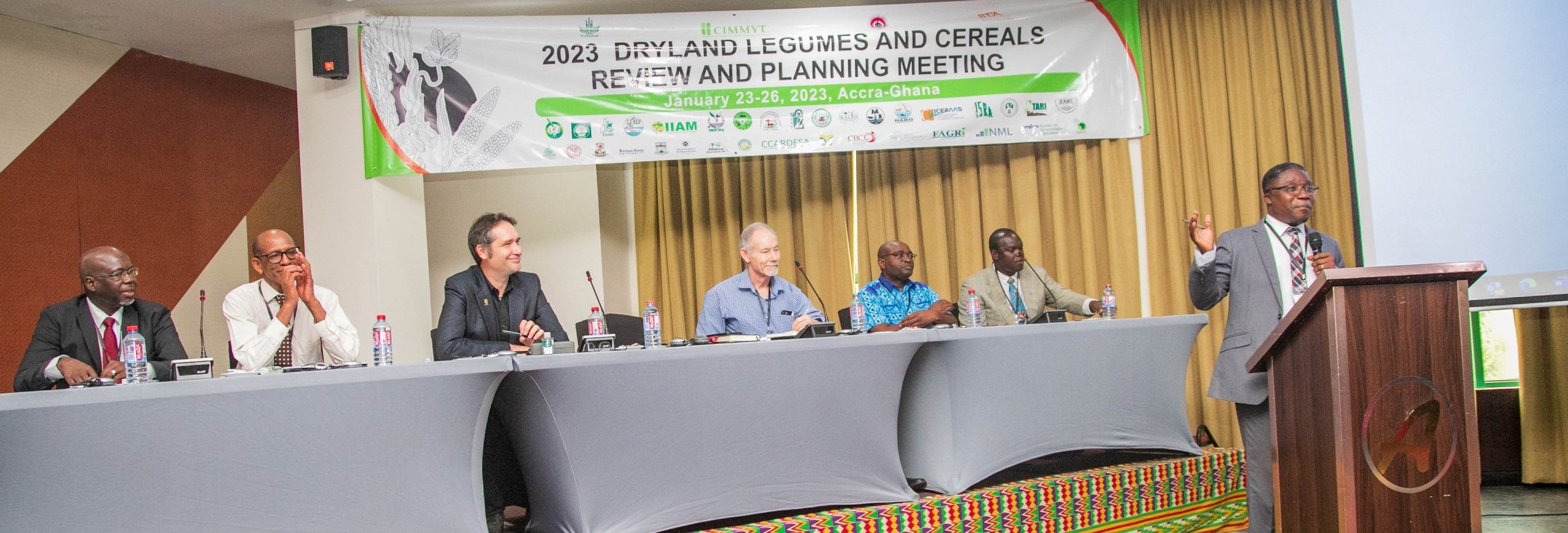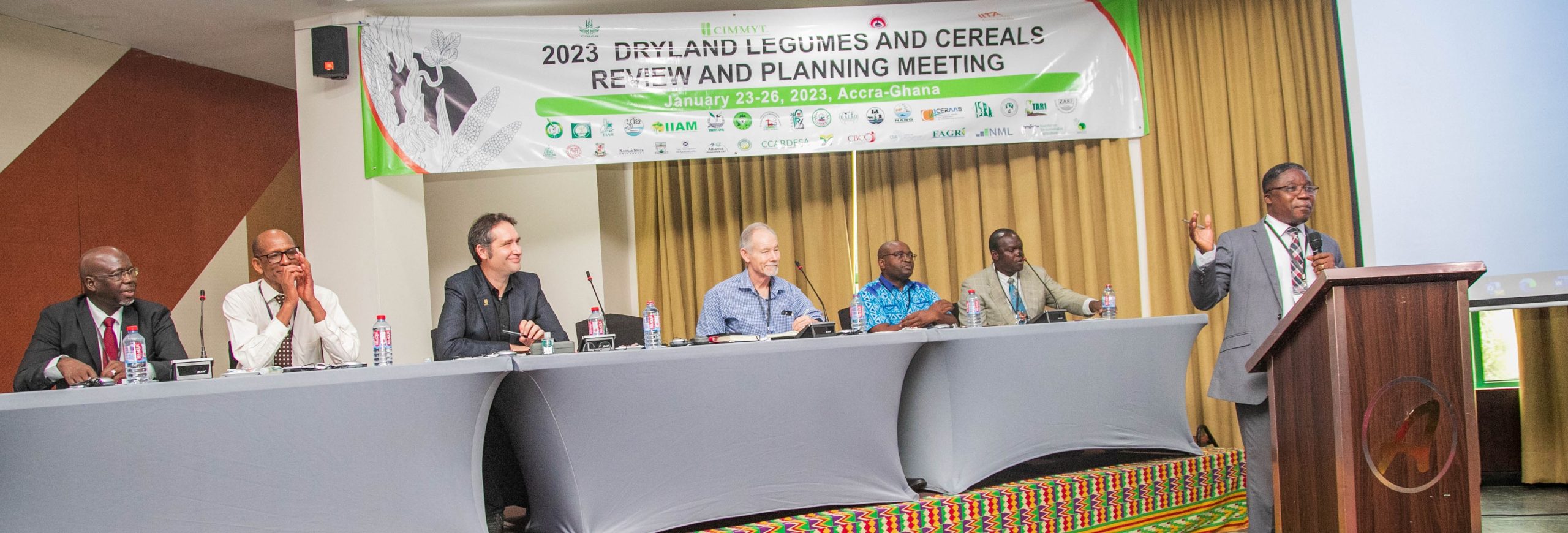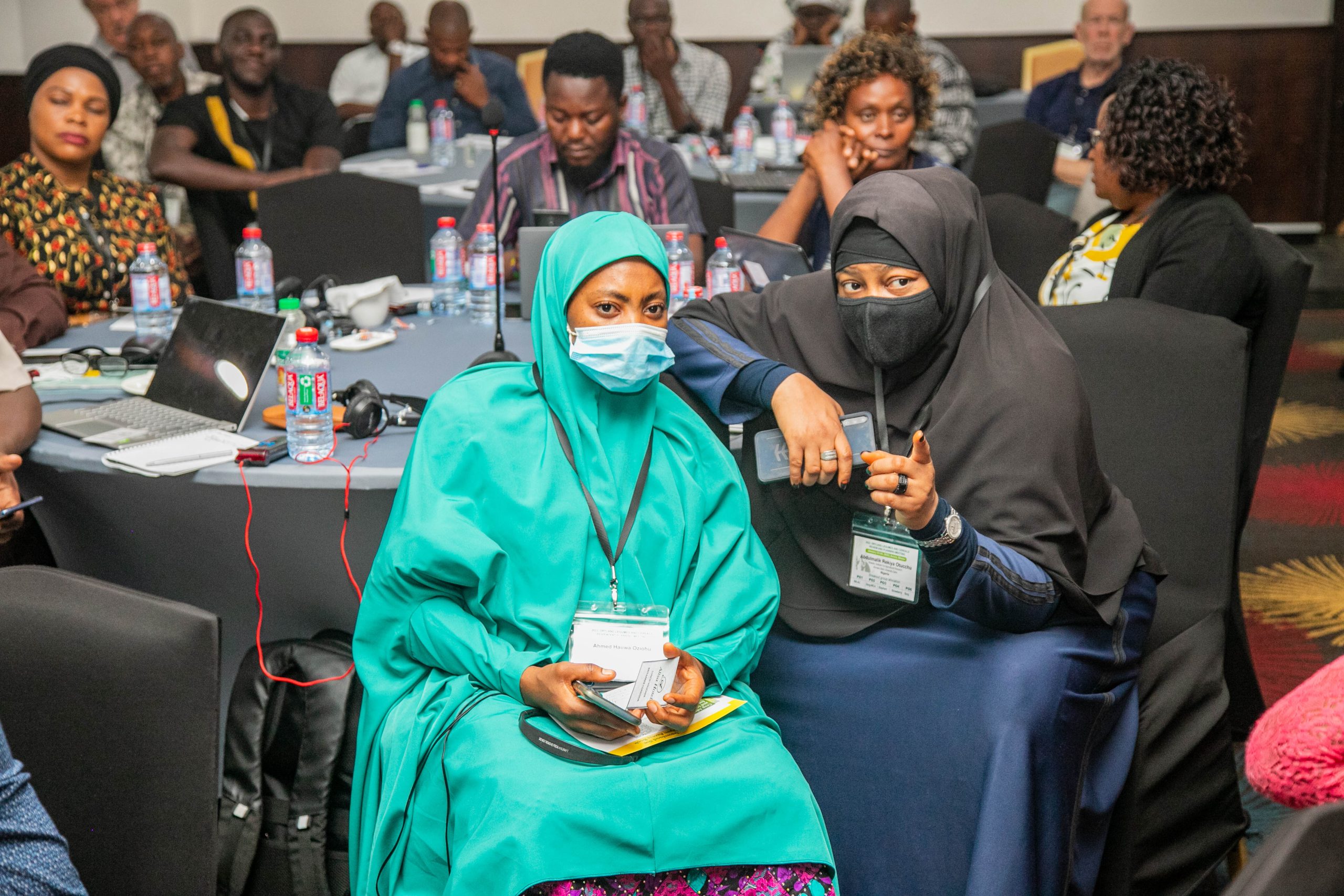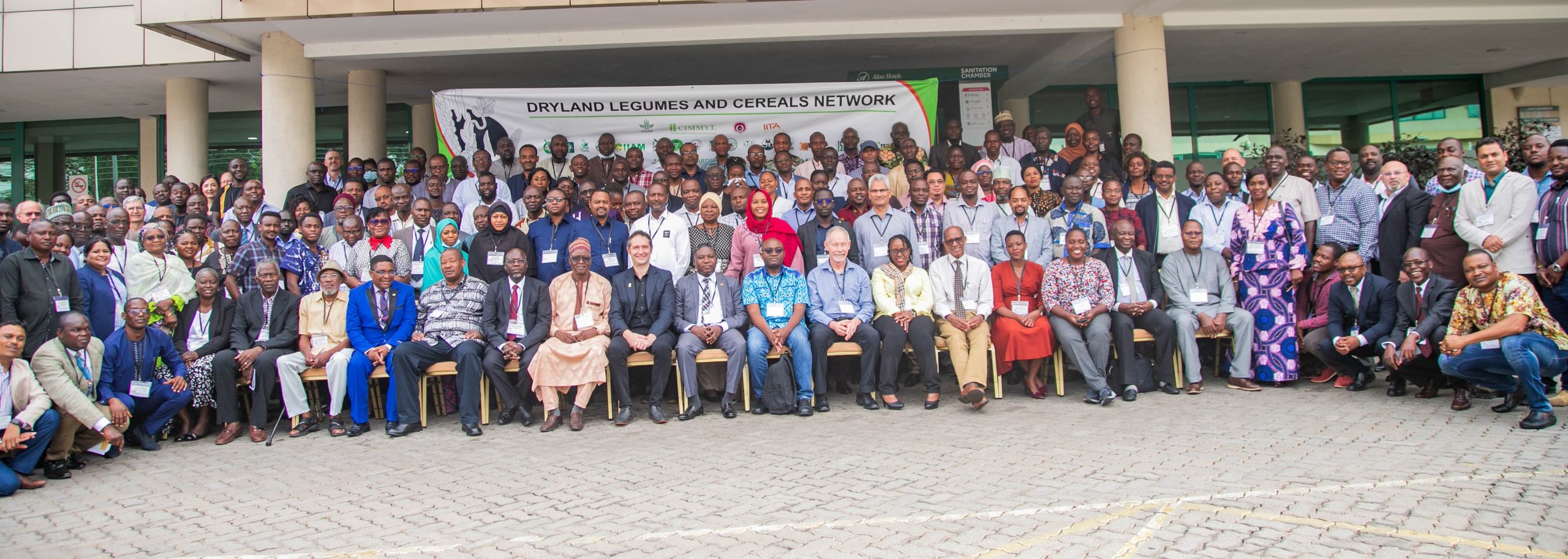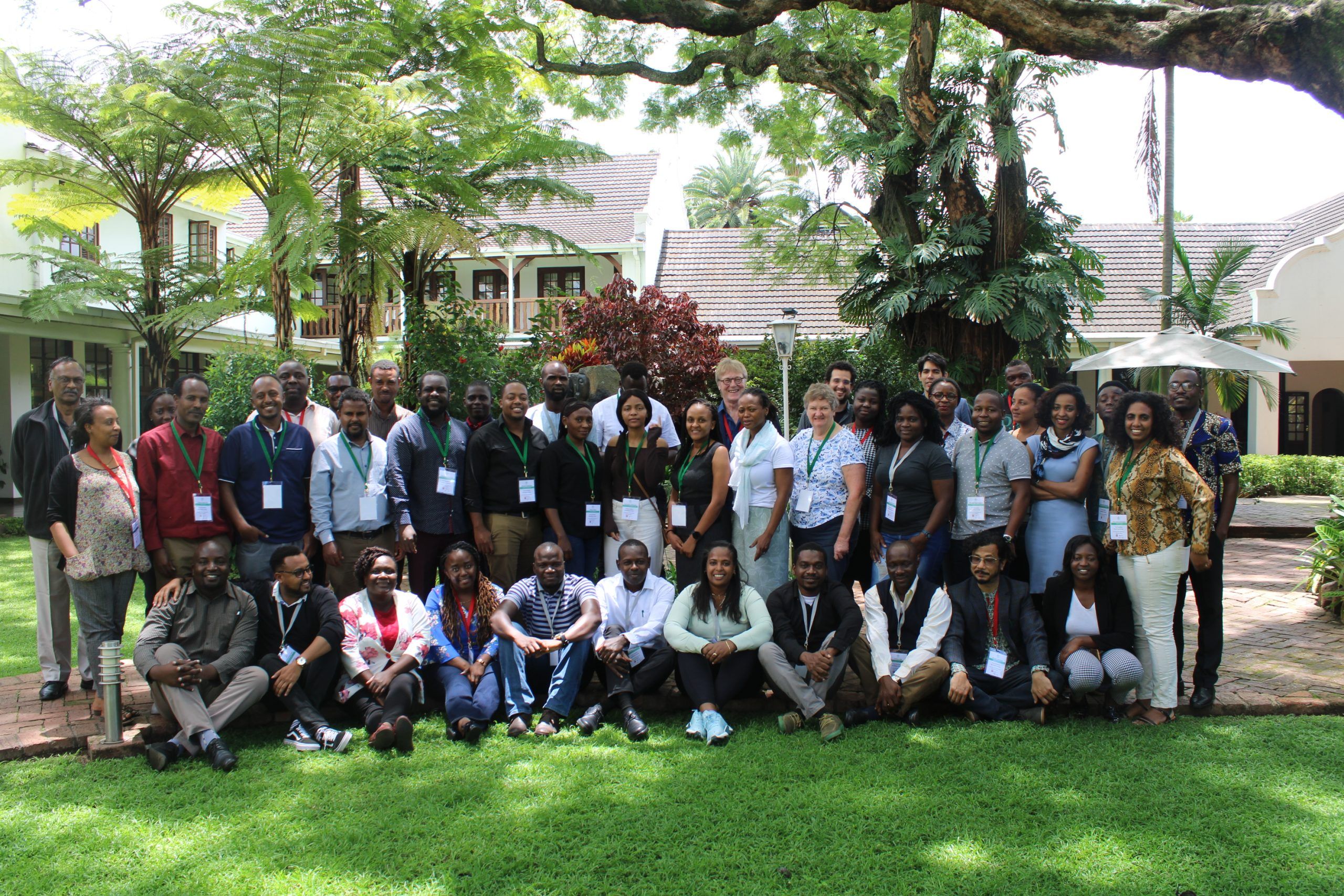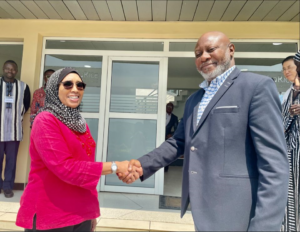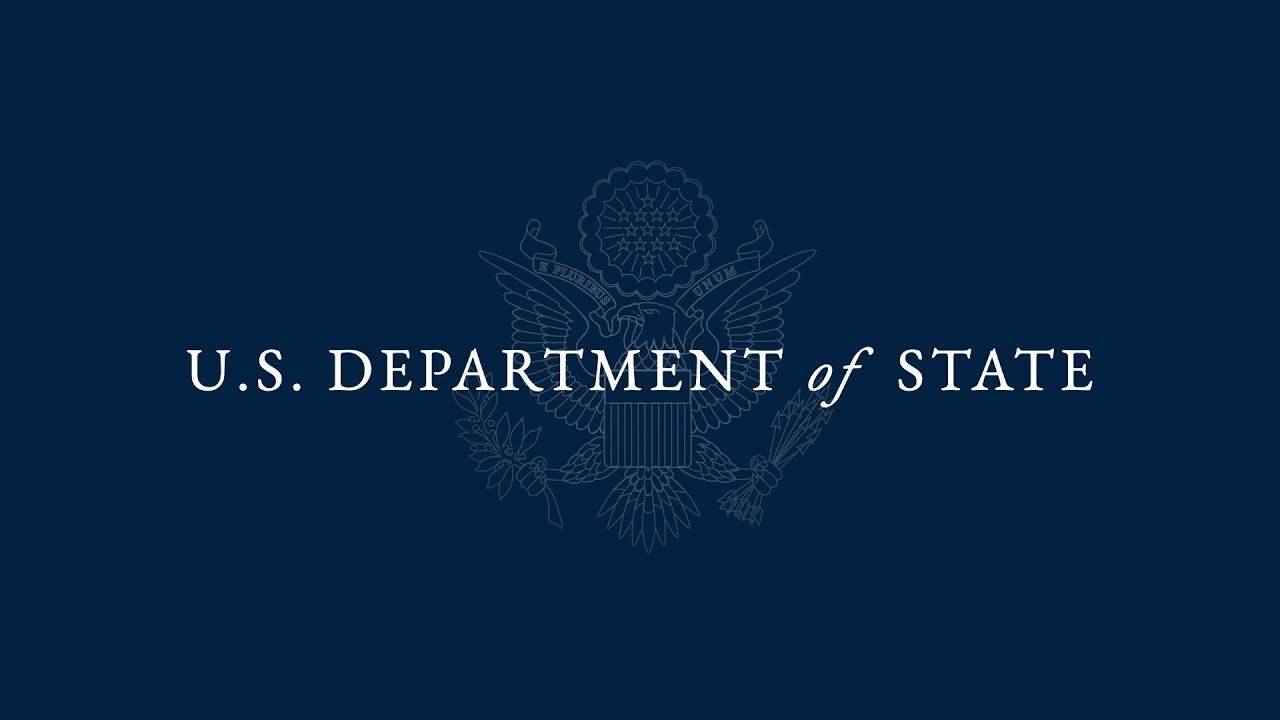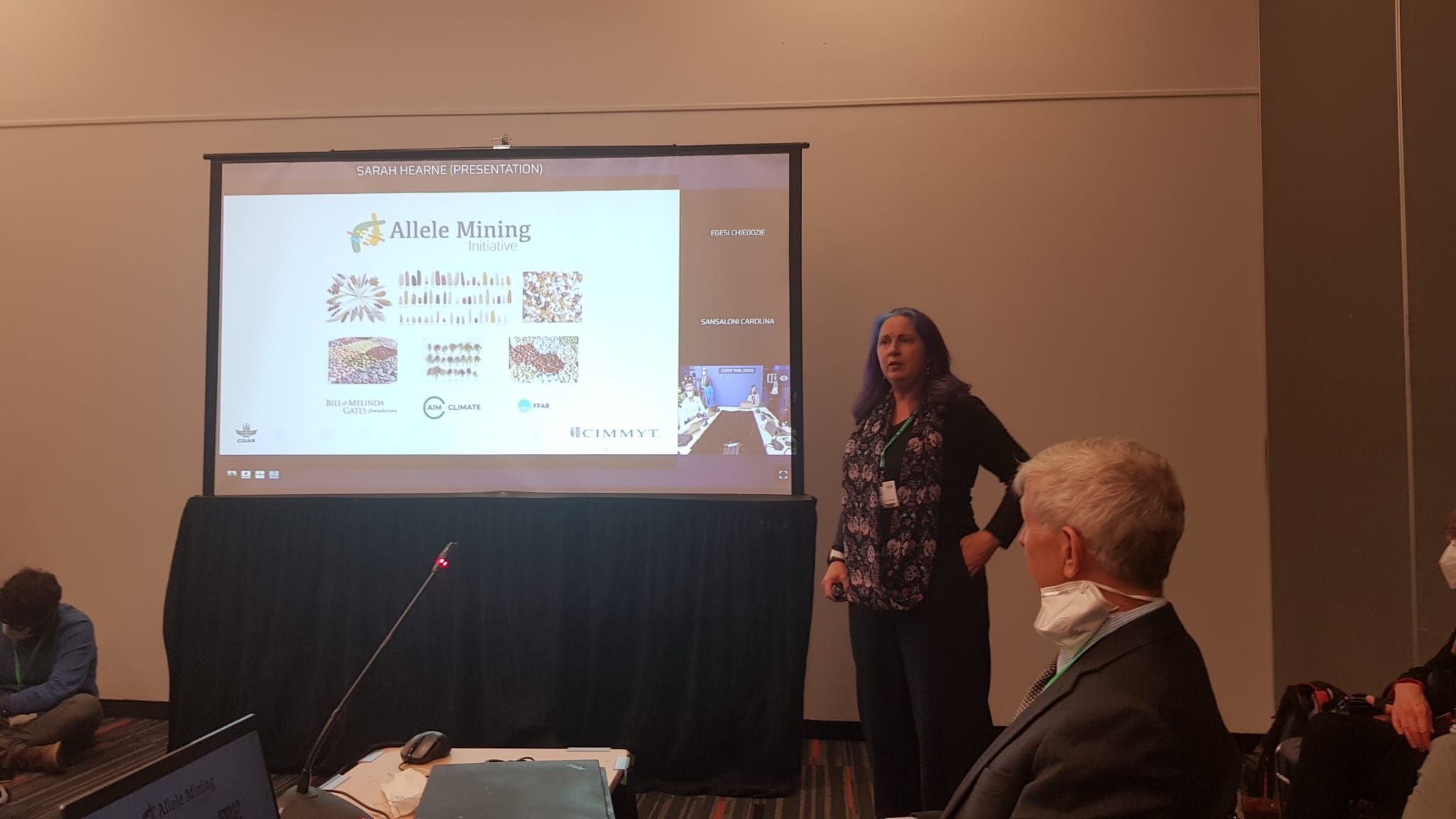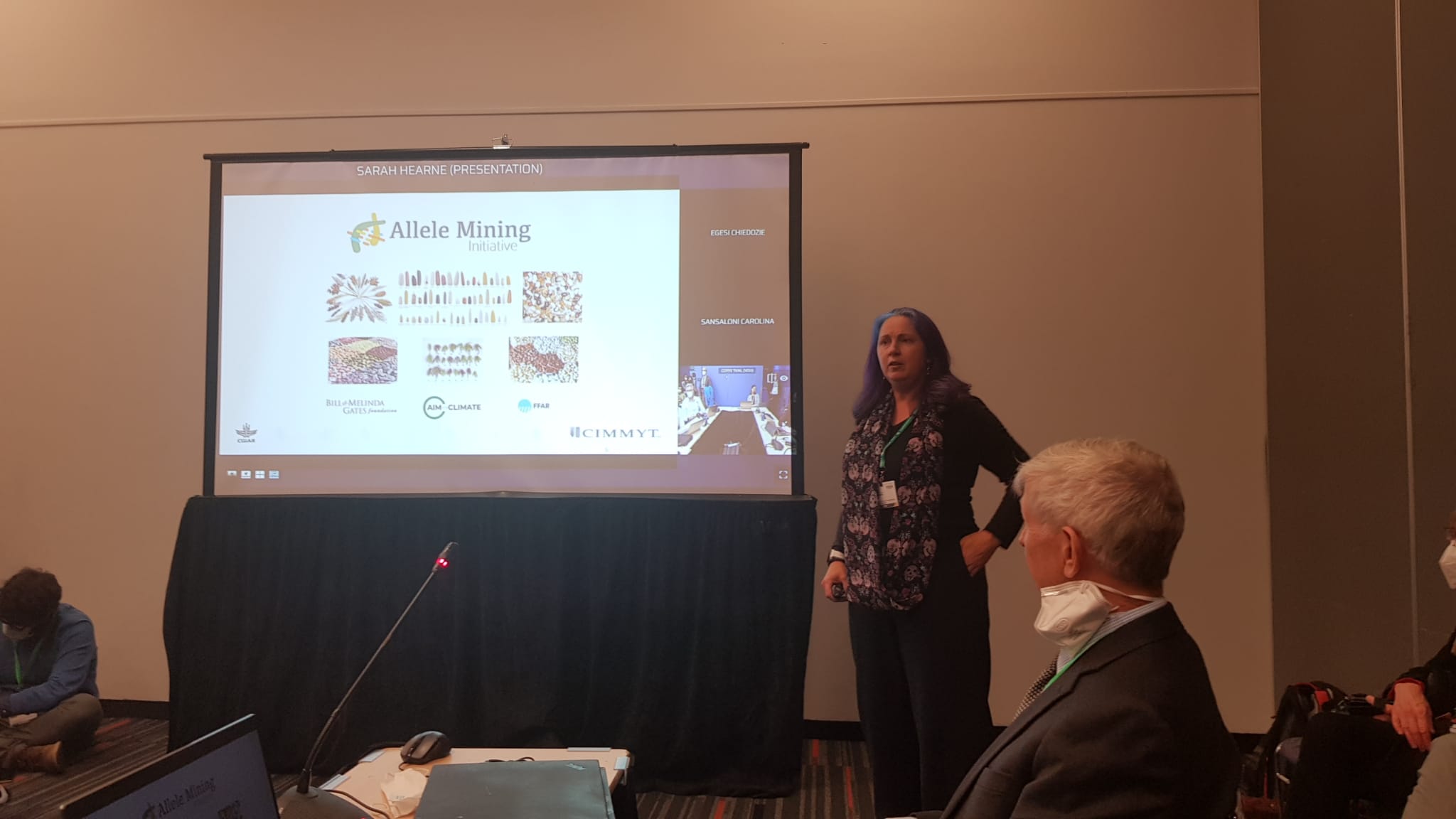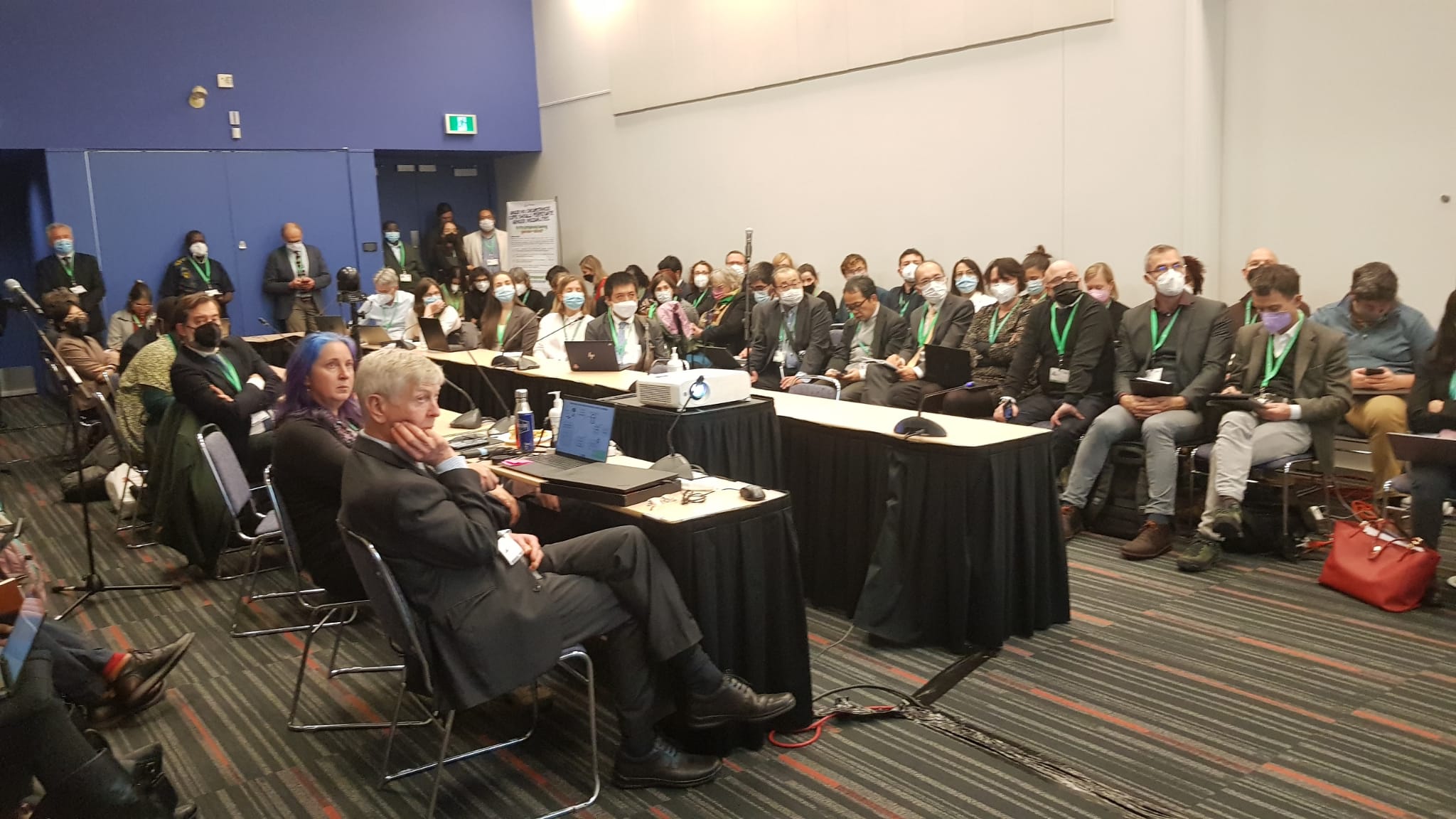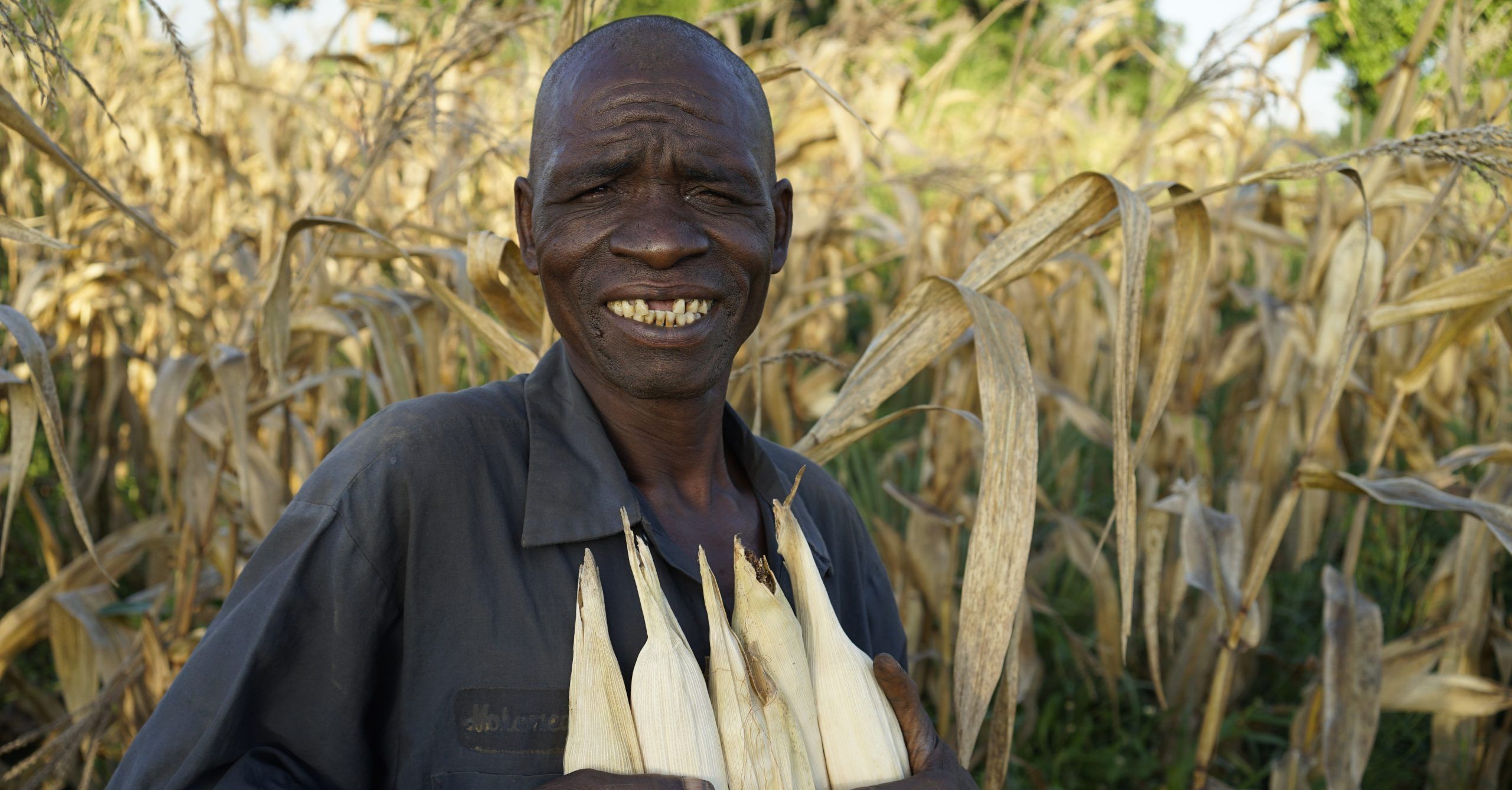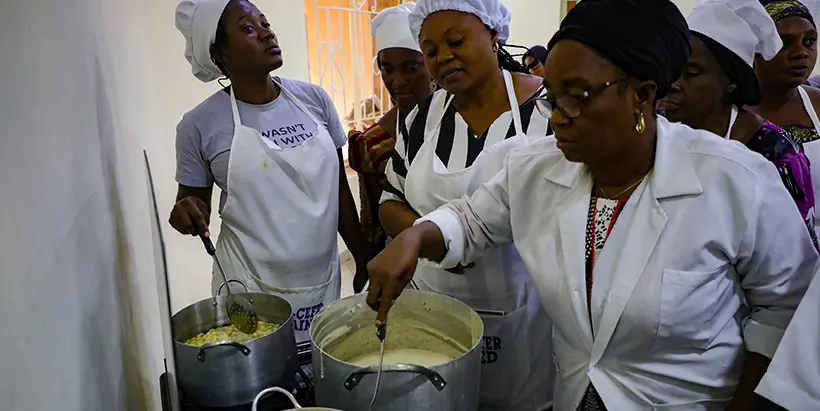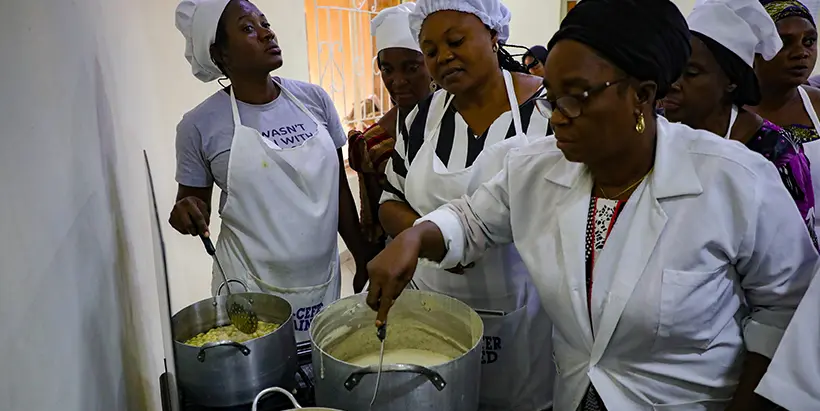It’s time to scale: Emerging lessons from decades of Conservation Agriculture research in Southern Africa
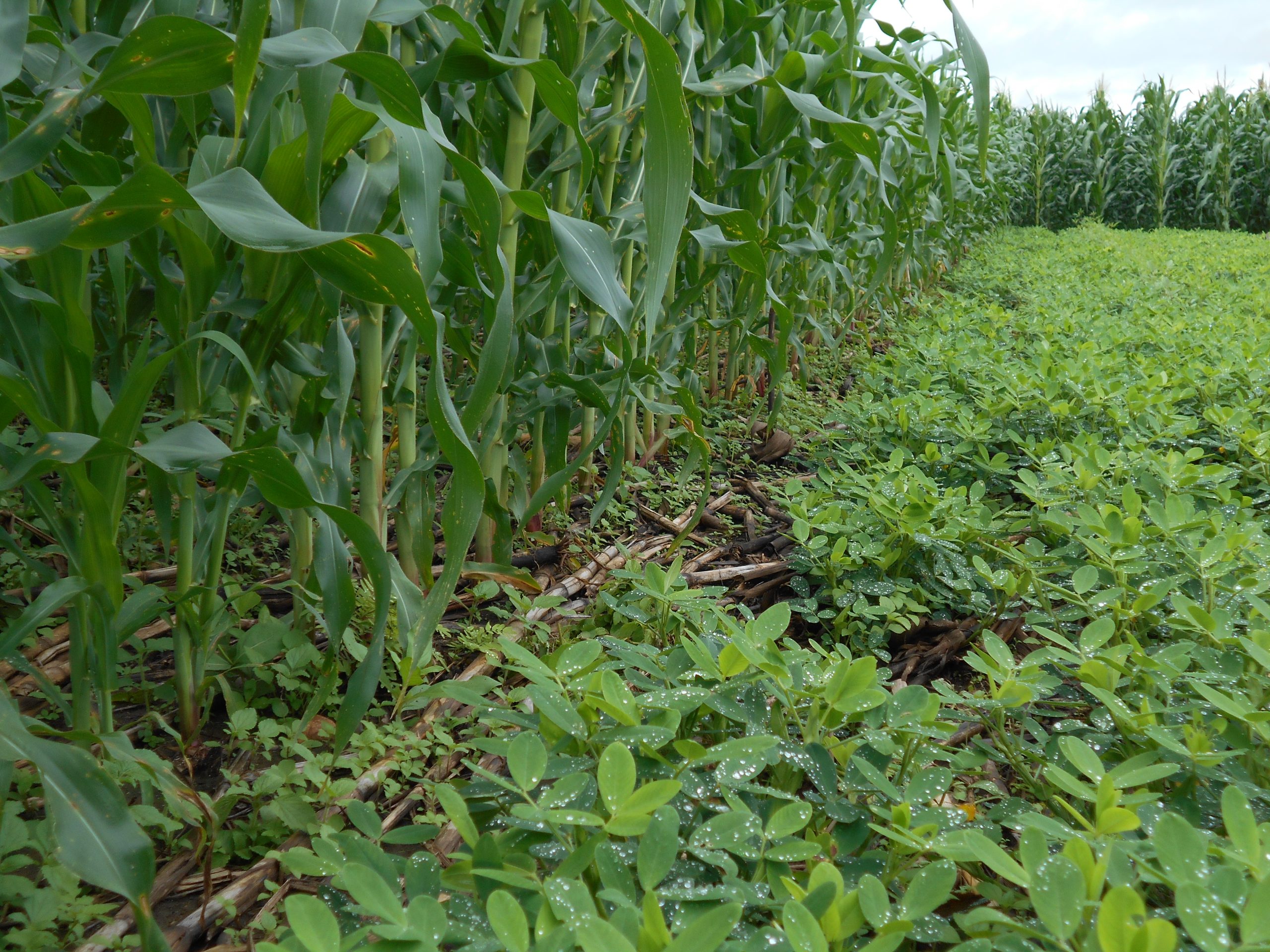
For decades, smallholder farmers in Southern Africa have battled the whims of a changing climate—from withered crops to yield reductions and looming food insecurity concerns. And the outlook is not improving. Based on the latest available science, the sixth assessment report of the Intergovernmental Panel on Climate Change (IPCC) reaffirms the projected negative impacts of climate change on livelihoods in Southern Africa.
Conservation Agriculture (CA) has been considered as an important step to make smallholder farming systems climate smart and resilient. The principles of CA are simple yet potent: minimal soil disturbance, crop cover, and diverse rotations, which tend to have lasting implications on rebuilding soil health, conserving moisture, and nurturing a thriving ecosystem. A strong evidence base from on-farm and on-station trials show that CA has the potential to build the adaptive capacity and resilience of smallholder farming systems to climate stress.
Yet, despite the positive results, significant scaling gaps remain. Key questions arise on what can be done to turn the tide, scale, and encourage uptake. What institutional, policy and economic incentives would enable scaling? Could mechanization be the missing link? The Understanding and Enhancing Adoption of Conservation Agriculture in Smallholder Farming Systems of Southern Africa (ACASA) project responds to these questions. With funding from the Norwegian Agency for Development Cooperation (NORAD) and implemented by the International Institute of Tropical Agriculture (IITA), and CIMMYT, the ACASA project goes beyond the narrow focus on promotion and technology delivery of past and ongoing interventions on CA in Southern Africa.
ACASA was designed to help stakeholders gain deeper understanding of the interactions between the socio-economic, biophysical, and institutional constraints and opportunities for adoption of CA practices. To do this, the project has undertaken extensive surveys aimed at understanding incentives, drivers, and barriers of CA adoption across Zambia, Malawi, and Zimbabwe.
Dialogues for change
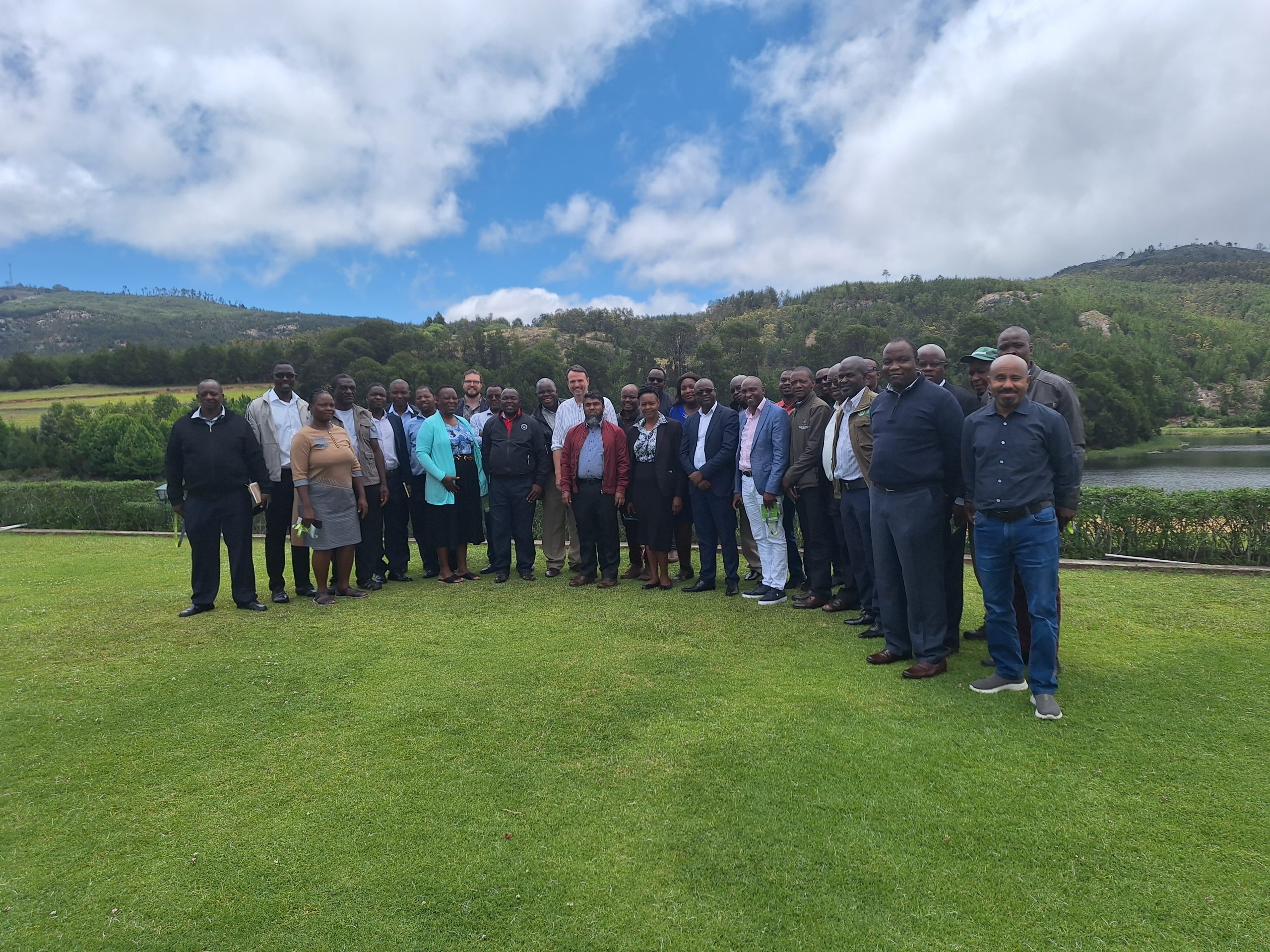
In December 2023, CIMMYT collaborated with IITA and the Ministry of Lands, Agriculture, Fisheries, Water and Rural Development of Zimbabwe to convene a highly engaging, reflective, and learning meeting, with the participation of government representatives, the private sector, and research institutes, among others. The primary objective was to share valuable insights accumulated over years of research and development on conservation agriculture in southern Africa. These insights are a result of collaborative efforts in social science, scaling, and mechanization work by CIMMYT, IITA, and extension and research partners in Malawi, Zambia, and Zimbabwe. Conversations centered on tracing the historical pathway of CA, leveraging mechanization, and identifying key enablers to transform smallholder agriculture.
Tracing the pathway of conservation agriculture
For decades, CIMMYT has been a leading force in promoting Conservation Agriculture. From the early stages in the 1990s, CIMMYT introduced CA principles and practices through on-farm and on-station field days, to undertaking robust research on biophysical impacts and developing adapted technologies in collaboration with national and global partners. As this research progressed and matured, efforts were made to integrate and focus on understanding the social and economic factors influencing CA adoption, while recognizing the significance of enabling environments. To date, linkages with mechanization and other innovations promoting CA-friendly equipment have been strengthened, ensuring inclusivity and empowerment. Questions remain around policy and institutional innovations to nudge and sustain adoption. In a nutshell, there is scope to borrow tools and methods from behavioral and experimental economics to better study and facilitate behavioral change among smallholder farmers. This snapshot highlights global efforts, grounded in scientific evidence, farmer centric approaches, and collaborative partnerships.
Insights from the field
Described as a data and evidence driven process, a notable highlight was the detailed gathering and analytical efforts using a large multi-country household survey involving 305 villages and 4,374 households across Malawi, Zambia, and Zimbabwe. The main thrust was not only to harvest data but listen to farmers and better understand their context while deciphering their decision-making processes concerning CA adoption, across the three countries. A compelling and hopeful story unfolds from the results. The adoption of CA practices such as crop residue retention, minimum tillage, crop rotation, and intercropping is much higher than previously thought, highlighting a crucial need for better targeted surveys. Key enablers to strengthen adoption include access to CA extension, hosting demonstrations, and access to credit. In addition, age, and extension in the case of Zambia were identified as important drivers of the speed and persistence of adoption. Demand for mechanization is rising, which is key to address drudgery associated with CA and to raise production efficiencies. Key recommendations centered on the need for investments in a dense network of farmer-centric learning centers that allow for experiential learning, facilitating equitable access to mechanization, promoting private sector participation, and developing integrated weed management options as weeds remain the Achilles Heel of CA adoption in the region. [1]
Emerging lessons
A deep dive on the findings reveals critical considerations for the widespread adoption of Conservation Agriculture (CA). Firstly, weed-related labor challenges pose a significant obstacle, with around 75% of farmers in three countries citing weeds as the most constraining issue during initial CA adoption. Addressing this weed management challenge is essential, emphasizing the need for environmentally safe, non-chemical solutions as a research priority. Secondly, there is a noticeable gap between scientific research on CA and farmer practices, primarily attributed to limited technical knowledge. Bridging this gap requires innovative approaches to translate scientific information into practical, farmer-centered products. Thirdly, incentivizing CA adoption through complementary input support programs, like payments for environmental services, may encourage farmers, especially when private returns are not immediate.
Fourthly, strengthening extension systems is crucial to facilitate farmer learning and bridge the awareness-to-know-how gap. Lastly, investing in improved machinery value chains can alleviate high labor costs and drudgery associated with CA practices, with economic estimates suggesting farmers’ willingness to pay for machinery hire services. These insights collectively highlight the multifaceted nature of challenges and opportunities for scaling up CA adoption.
Moving forward
ACASA’s research findings are not just numbers — they are seeds of hope. They point towards a future where CA adoption among smallholder farmers can transform the breadbasket of the three African countries, and beyond. CIMMYT and its partners remain committed to continuous learning, refining their approaches, and working hand-in-hand with farmers to nurture the CA revolution.
It will not be a pipe dream to transform agriculture in Southern Africa through CA by cultivating seeds of resilience, one at a time. This is because the experience from the region suggests that with the right political will, it is possible to mainstream CA as a critical adjunct to climate-smart agriculture strategies and resilience building. This broader institutional and political buy-in is important since CA programming cannot succeed without sector-wide approaches to removing systemic constraints to technology adoption. A classic example is the Government-backed Pfumvudza program in Zimbabwe, which has seen adoption of planting basins conditioned on receipt of input subsidies soar to more than 90%.
[1] CIMMYT/IITA Scientists explore the weed issue in detail in a paper just accepted and forthcoming in Renewable Agriculture and Food Systems – Unanswered questions and unquestioned answers: The challenges of crop residue retention and weed control in Conservation Agriculture systems of southern Africa.
